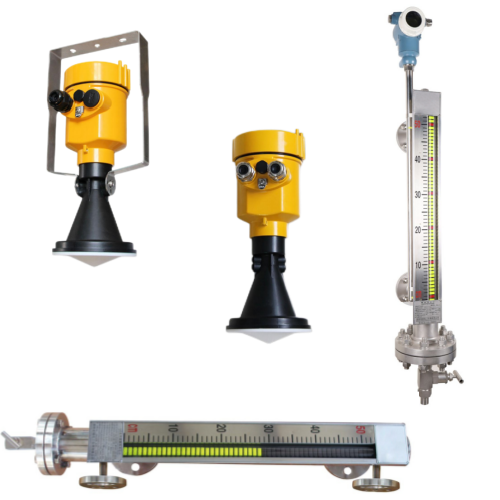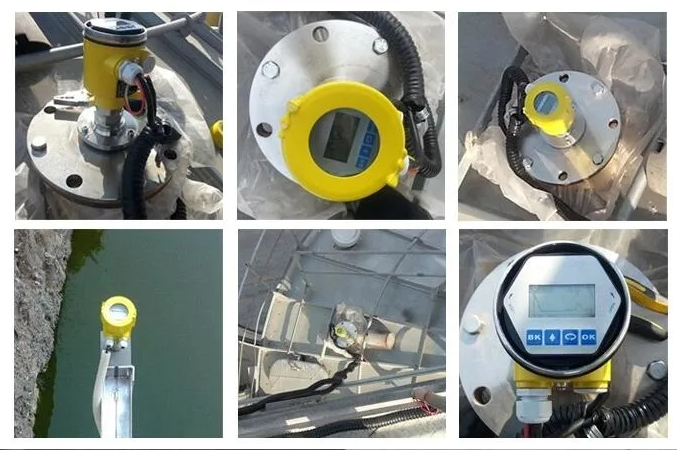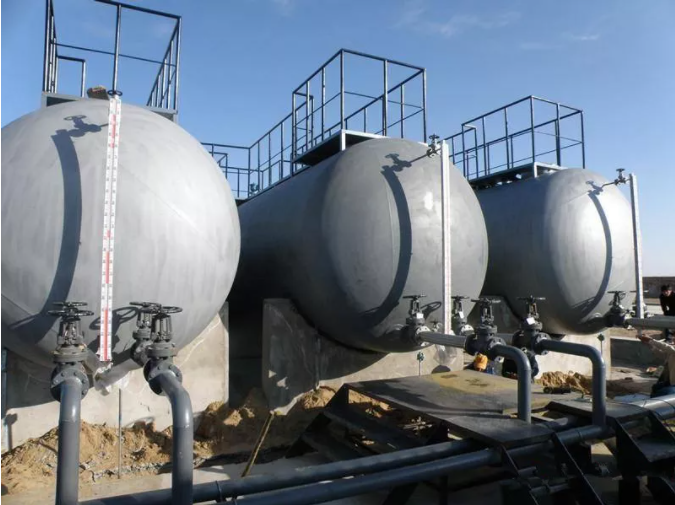BETTER TOUCH BETTER BUSINESS
Contact Sales at KAIDI.
In industrial measurement technology, level measurement plays a crucial role. It is like a pair of eyes of industrial production, accurately monitoring the height of the material level,to ensure the smooth progress of the production process. In many level measurement instruments, radar level meter and magnetic flap level meter are two common and different functions of the equipment. This article will discuss the main differences between them.
First of all, from the working principle, the radar level meter utilizes microwave signals for level measurement. It transmits microwave pulses and receives echoes, and determines the position of the material surface by calculating the time difference between transmission and reception. In contrast, the magnetic flap level meter uses a float system, where the float moves up and down as the liquid level rises and falls, and the magnetic coupling drives the flap to flip to display the liquid level height. This mechanism is like the magnetic fishing game we played as children, the float moves up and down with the fluctuation of the water surface. In terms of measurement range, radar level meters are usually able to cover a wider distance and are suitable for level measurement in large tanks and elevated silos. For example, some models of radar level meters can measure level changes over a range of tens of meters. Magnetic flap level meters, on the other hand, are usually used for smaller vessels due to the limitations of their mechanical structure, and their measurement range is relatively small, generally within a few meters.

In terms of accuracy, radar level meters are known for their high accuracy, providing millimeter-level measurement resolution. This is like using a precision ruler to measure the length of an item with minimal error. Magnetic Flip Plate Level Meters are slightly less accurate, but for most industrial applications, they are accurate enough to meet the requirements. Environmental adaptability is also an important point of difference between the two. Radar level meter on the medium of adaptability, whether solid, liquid or slurry materials can be measured, and is not affected by temperature, pressure, humidity and other external conditions. While the magnetic flap level gauge for viscous or containing solid particles of the medium may be subject to interference, the movement of its float may therefore be blocked.

In terms of installation and maintenance, radar level meters can usually be installed without the need to cut holes and are relatively easy to maintain. Magnetic Flip Plate Level Gauges, on the other hand, may require holes to be cut in the vessel for installation, and may require more cleaning and maintenance work to ensure the smooth operation of the float system after a long period of use. Finally, the cost factor is also something users must consider when making a choice. Typically, radar level meters are more expensive than magnetic flap level meters due to their more advanced technology and materials. However, in the long run, the stability and low maintenance of radar level meters may save more operational costs.

To summarize, radar level meter and magnetic flap level meter have their own characteristics in terms of working principle, measuring range, accuracy, environmental adaptability, installation and maintenance as well as cost, etc. When choosing a level meter, users should weigh the characteristics of the two according to their specific needs and application scenarios. When choosing a level meter, users should weigh the characteristics of both according to their specific needs and application scenarios to make a wise choice. Just like choosing a suitable tool, not only to consider its performance, but also to consider the applicability and economy, in order to achieve twice the result with half the effort.
We are here to help you! If you close the chatbox, you will automatically receive a response from us via email. Please be sure to leave your contact details so that we can better assist